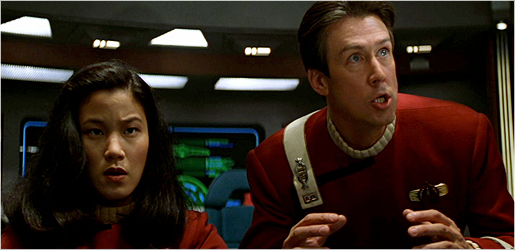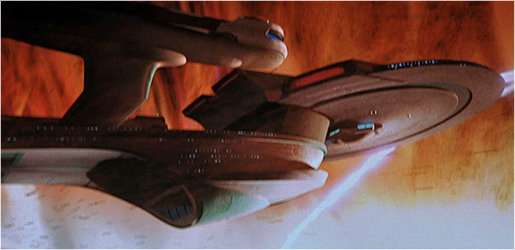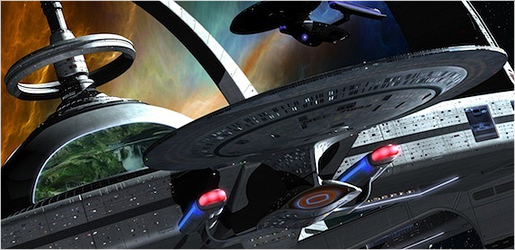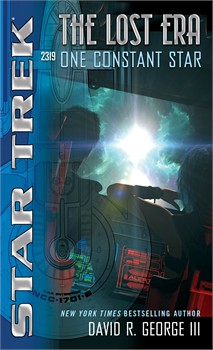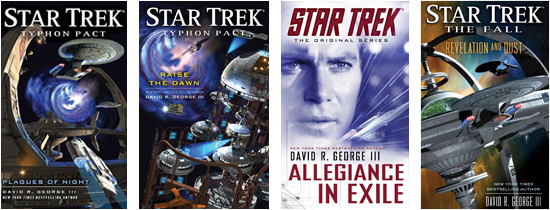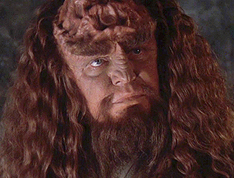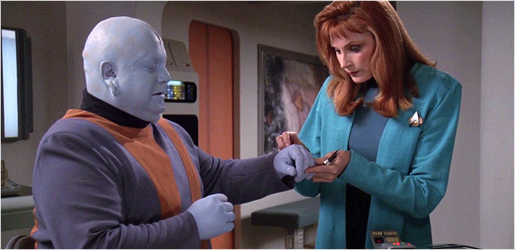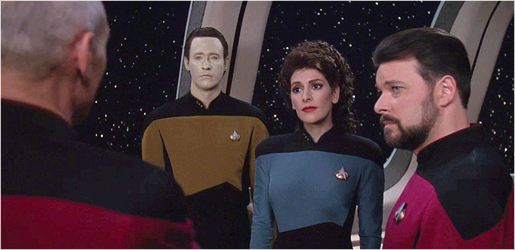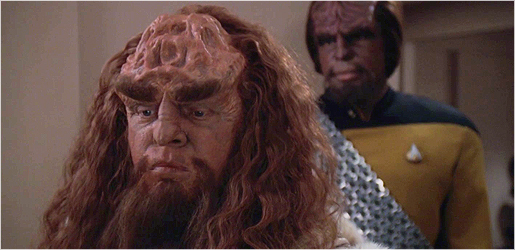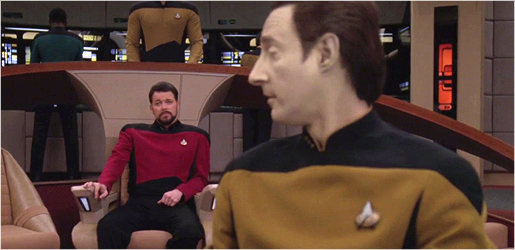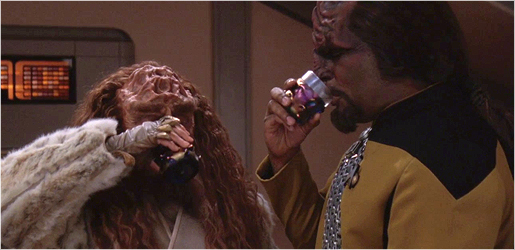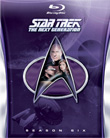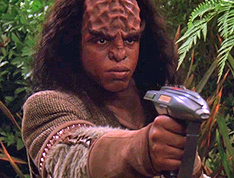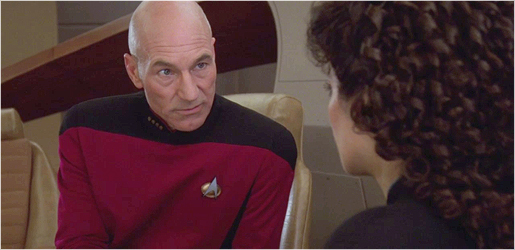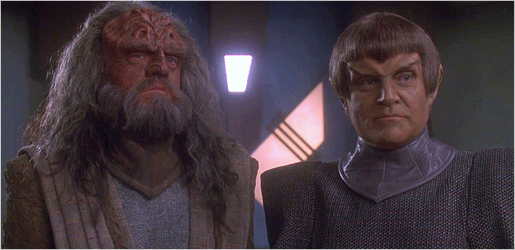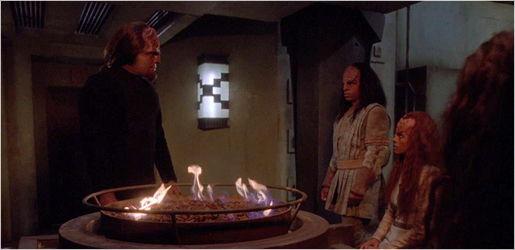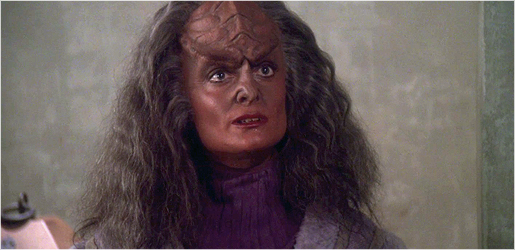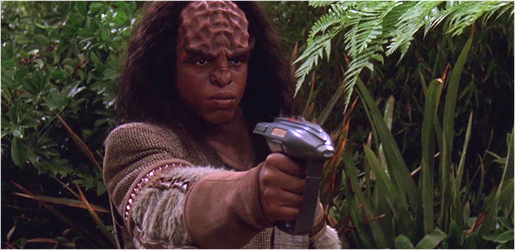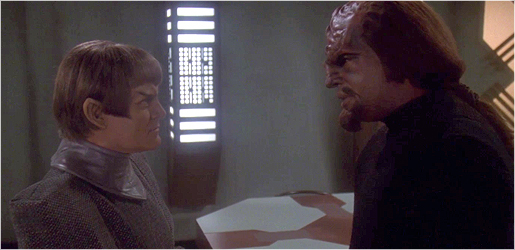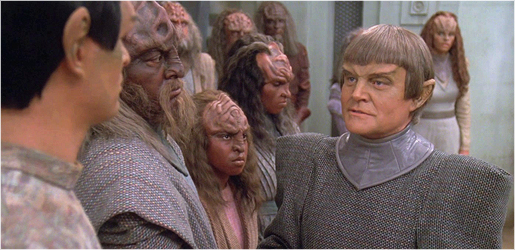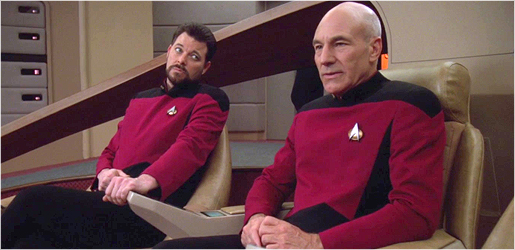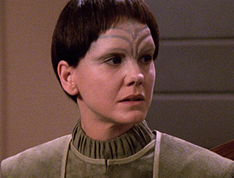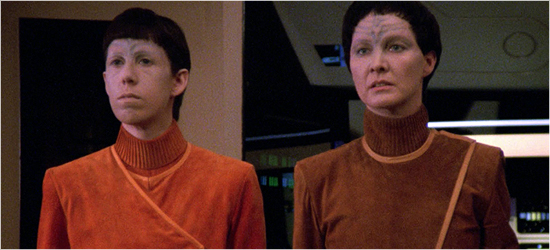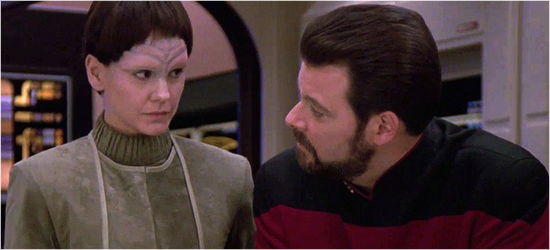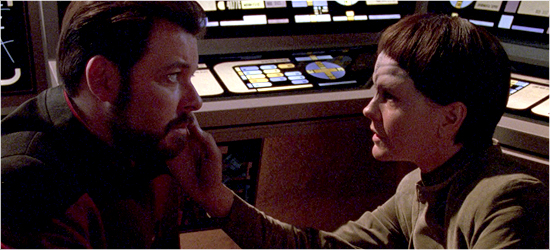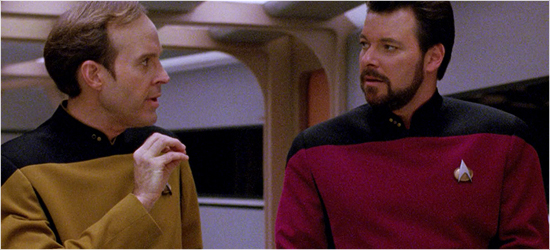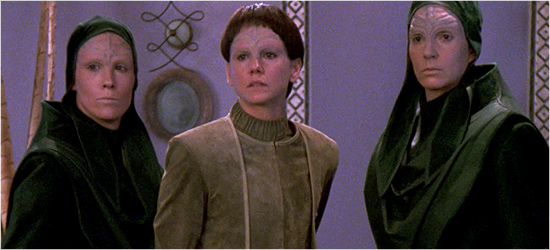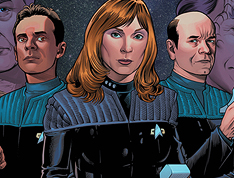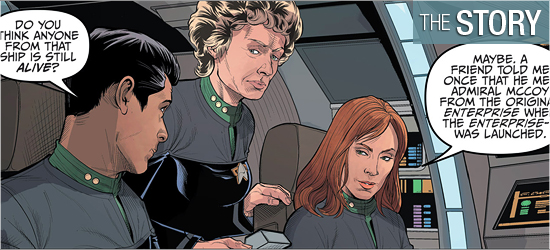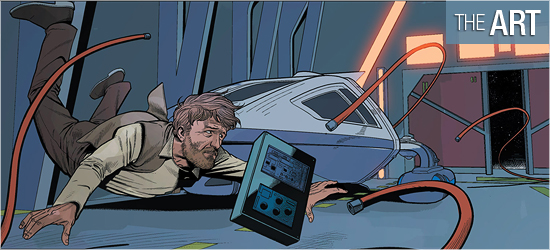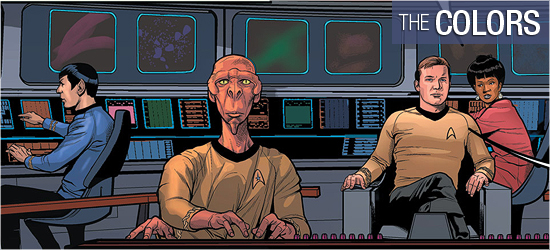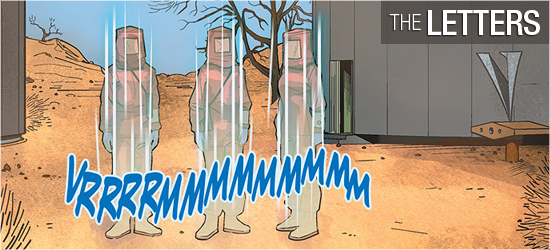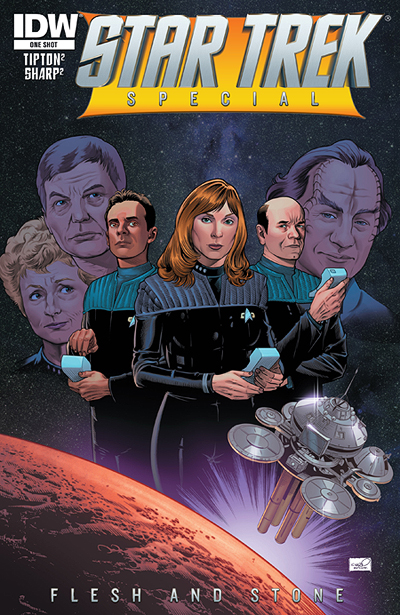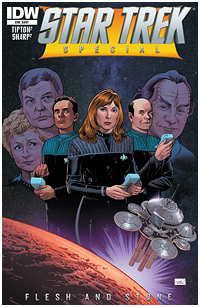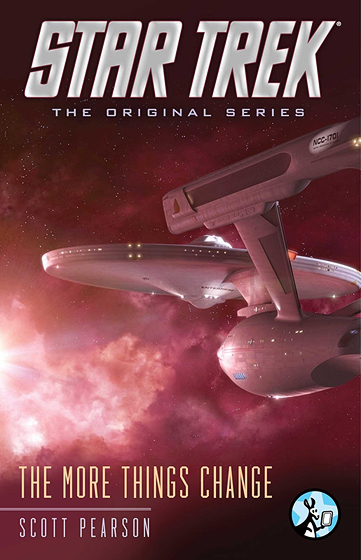 Star Trek: TOS
Star Trek: TOS
The More Things Change
By Scott Pearson
Release Date: June 23, 2014
Pocket Books (eBook exclusive)
![]()
![]()
![]()
![]()
![]()
About this novella:
Six months after the events of Star Trek: The Motion Picture, Doctor Christine Chapel and Spock must save the life of an ailing Audrid Dax, her true nature as a Trill having remained a mystery until now.
But after an unknown vessel attacks their shuttle, a risky game of cat-and-mouse may be the only way to save all their lives.
My thoughts:
The More Things Change is another in a line of eBook-exclusive novellas that Pocket Books has been releasing this year. Like Seasons of Light and Darkness, this novella is set during the TOS movie era, but this time shortly after The Motion Picture. The More Things Change makes very good use of this era, reflecting many of the changes that the characters went through between the end of the original series and the first film.
The central character in this novella is Dr. Christine Chapel, a character we didn’t see very much of beyond The Motion Picture. The reasons for her departure from the Enterprise are among the ideas explored in this story. A great deal of the characterization in this story is very welcome. Although Chapel was never a character who was very central to Star Trek plots, I’ve always been curious about what became of her after The Motion Picture. I felt that this novella’s treatment of her character was thoughtful and well-written.
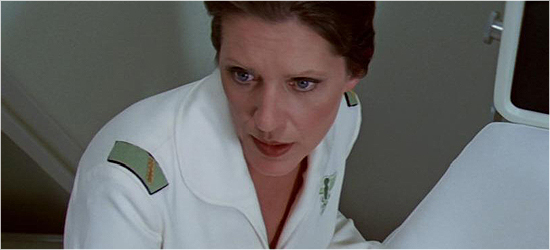
The other character explored in this story is Spock, who is very much changed by his recent experiences with the machine intelligence, V’Ger. Over the years, many stories written in the period after The Motion Picture have ignored the changes that his character underwent, and instead wrote the same cold, emotionless Spock we know from TOS. This story, however, follows the excellent example laid out by Christopher L. Bennett’s fantastic novel Ex Machina, and fully explores this new Spock, who is experimenting with integrating emotions into his life.
At times, I felt that the voice of Spock was off, and that he was being somewhat over-emotional. However, upon further reflection after completing the novella, I realized that this is precisely the time in his life in which he would be pushing the boundaries of his emotions, and maybe not always finding the proper balance. By the time we next see him in canon, in Star Trek II: The Wrath of Khan, many years have passed, more than enough time for him to have found that balance.
The choice to use the character of Audrid Dax in this story was an interesting one. I sometimes fear that Star Trek comes close to experiencing “small-universe syndrome” from time to time, and at times I felt that having Dax in this story caused The More Things Change to suffer from this malady. However, her character is used to good effect for the most part, and if the story had been longer, it’s possible that her presence in the story could have been explored further.
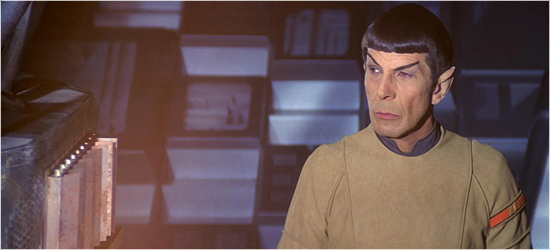
Finally, I have spoken before about the positive aspects of the shorter novellas that have recently been published in eBook form: stories that feel more like episodes, and some that serve as short character pieces that couldn’t necessarily be done as longer novels. The More Things Change illustrates another advantage: the ability to place stories in settings that may not work in a novel format.
The previously mentioned Ex Machina by Christopher L. Bennett was a fantastic story, and one that was praised by many Trek novel readers. However, it apparently did not sell well enough to warrant more novels set in that period. eBook novellas, on the other hand, are much less expensive to produce, and we can thus get stories about subjects or settings that might not otherwise sell well enough. We get excellent stories, and authors get a greater freedom to write what they want; it’s a win-win!
Final thoughts:
The More Things Change is another eBook release that makes excellent use of the shorter novella format. It’s a fun adventure that can be read in an afternoon, and one that gives some nice insight into Chapel and Spock during an period of transition in their lives. A setting that is not often explored gives this novella an extra bit of draw for me.
I very much enjoyed this story, and recommend it for any and all Trek fans who want a peek into the rarely-visited post-Motion Picture era.
– Reviewed by Literature Editor Dan Gunther
![]()
 |
Order Star Trek TOS: The More Things Change |

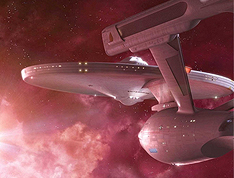
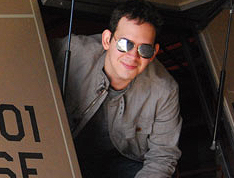
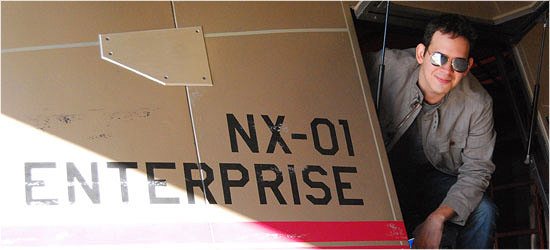
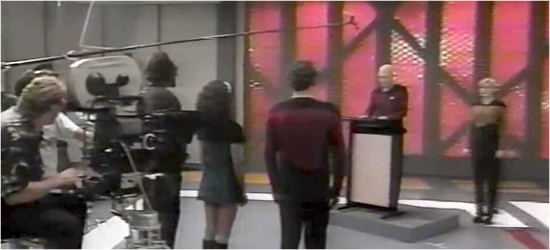
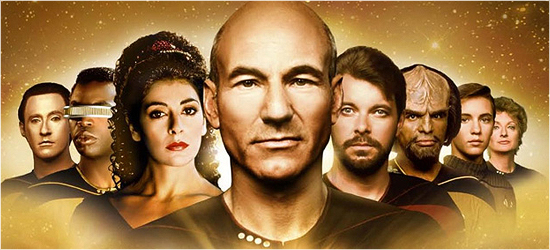
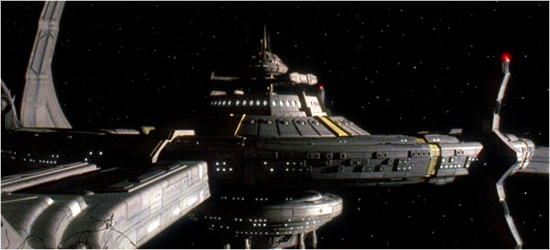
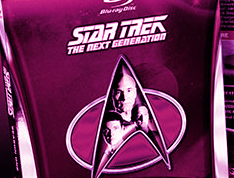
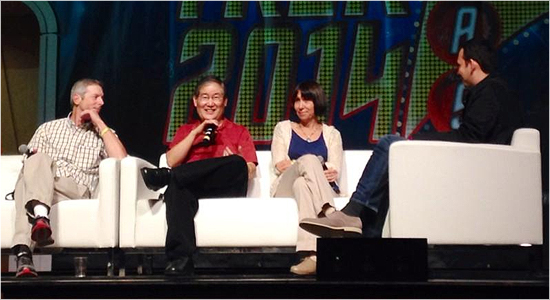 Conway, the Okudas, and Lay. (Photo via
Conway, the Okudas, and Lay. (Photo via 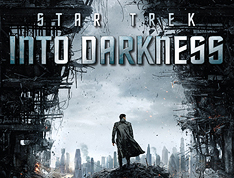
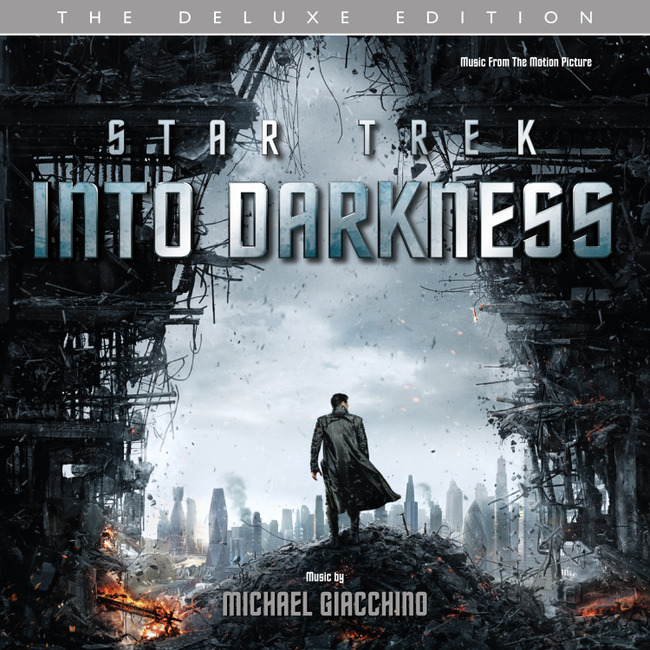

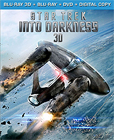


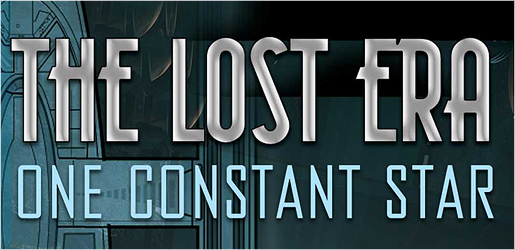
 David R. George III: A couple factors motivated me to return to the so-called Lost Era in general, and to Demora Sulu and Enterprise-B in particular.
David R. George III: A couple factors motivated me to return to the so-called Lost Era in general, and to Demora Sulu and Enterprise-B in particular.